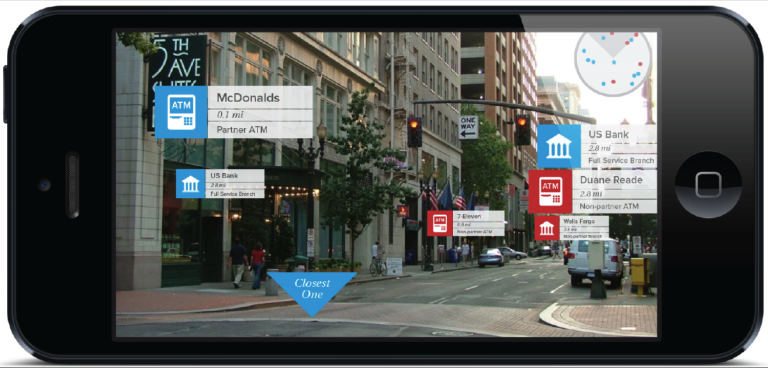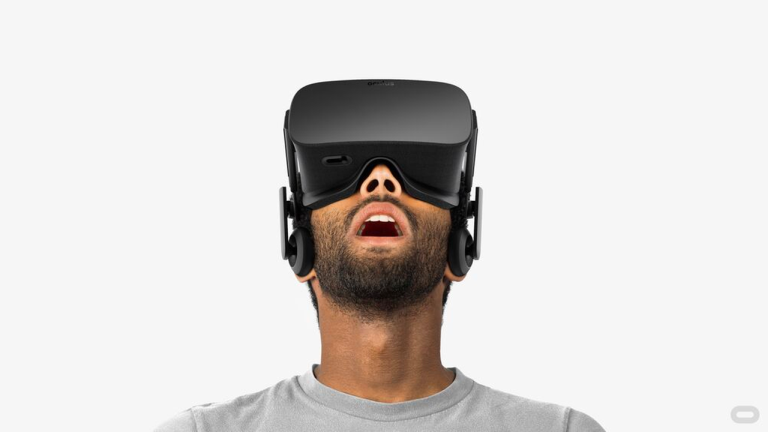2016 has seen numerous groundbreaking technology so far. Oculus finally released their consumer market VR headsets back in Q1 and partnered up with Samsung to create the Samsung Gear VRs which is exclusive with the Samsung Galaxy Note7. Aside from that, Nvidia and AMD released their Pascal and Polaris architecture respectively, Intel teases Kabylake, Pokemon Go was released, and 360 videos and photos are becoming a big deal thanks to Facebook.
All in all, 2016 is one amazing year so far and we’ll be covering two topics that are similar to each other that could be the next major computing platform – Augmented Reality and Virtual Reality.

Right now everyone knows what Virtual Reality and Augmented Reality is unlike back in 2014 and 2015 which were the “developmental days” of Oculus and HTC. But people are always asking, “What’s the difference?”, “What are the advantages between the two?”, “Which one is better?”. As early as now we’re telling you that both of them have their specific advantages and they are equally fair because they are aimed at different audiences, so think of them as brothers and sisters.
Table of Contents

You’ve probably (and most likely have) watched Iron Man before. Did you ever wonder how awesome Tony Stark created those Iron Man suits with their holographic/embedded displays? Well, that is Augmented Reality. How so?
In the scenario of Iron Man, his suit projects a Visual UI that interacts with his surroundings such as aiming for a target, scanning a building, estimating the trajectory of a missile, etc etc. That UI which interact with his vision is Augmented Reality. Another good example of Augmented Reality is the very famous AR game known as Pokemon Go.
Pokemon Go interacts with our surroundings via GPS, and knows real life locations and sometimes sets them as “Gyms” whilst predicting locations of nearby Pokemon. It also adds more immersion by projecting Pokemon on the display via the phone’s camera whilst catching them.
Microsoft’s HoloLens and Google’s Glasses are perfect examples of current AR devices by projecting a UI or any form of graphics in a real-life scenario. HoloGrams, for example, is Augmented Reality.
Simply put, Augmented Reality is the counterpart of Virtual Reality on which instead of immersing yourself in a new computer-generated environment, Augmented Reality adds graphics and UI to interact with the real world via your preferred choice of electronic device.

While both AR and VR have their roots back in the 1950’s and earlier as ideas, only Virtual Reality had hit a more “mainstream” approach thanks to several research efforts back in the 1980’s including the downfall of Nintendo’s Virtual Boy.
Virtual Reality is more common nowadays thanks to Oculus, HTC, and other companies that are involved in the R&D of VR. Just imagine yourself wanting to ride a roller coaster but you don’t want to leave the house, or you want to play a horror game but is bored by the general horror games we have at PC, well this is where VR comes along. Unlike AR, Virtual Reality immerses you in the environment of your choosing via PC or phone.
Desktop VR experiences are more immersive since the hardware used to generate the computer imagery is more powerful and complex, unlike a typical mobile phone. However, the major disadvantage of desktop VR compared to mobile VR is portability on which current-gen desktop VR Headsets are not yet known for due to their bulky size, and long (sometimes frustrating) wires.
That being said, mobile VR experiences are becoming more and more immersive though not yet as whole as a desktop VR headset, but they are becoming better in the field. If you haven’t and want to experience VR, remember that Mobile VR Headsets are significantly different in immersion and experience compared to desktop VR headsets. So it’s always good to try both if you can.
Virtual Reality is simply immersing one’s self in a computer-generated environment via the use of a VR headset whether its a phone or a desktop (a PC is significantly more powerful and immersive due to powerful hardware).
Both of them have their own advantages and disadvantages since they are completely different in their usage. However, here we list down the differences between them in general fields on which they both coincide.
Experience/Immersion:
General Use:
Cost of device:
Restrictions:
Take note that both devices can be used in almost any application such as entertainment, health, finance, etc etc.
They are best left un-compared since they have different targets in their own field. While both AR and VR can be used in different fields such as health, entertainment, and the like, both have different ways of approaching them. That’s why it is always best if you try both because they are different from one another.
All in all, VR and AR are no doubt a huge step for a technologically advanced future. Who knows, maybe in time, Holograms will be perfected and one day, people would meet in virtual locations rather than real-life locations. These can all be possible and since the technology is fairly young, it still has a lot of potential.

YugaTech.com is the largest and longest-running technology site in the Philippines. Originally established in October 2002, the site was transformed into a full-fledged technology platform in 2005.
How to transfer, withdraw money from PayPal to GCash
Prices of Starlink satellite in the Philippines
Install Google GBox to Huawei smartphones
Pag-IBIG MP2 online application
How to check PhilHealth contributions online
How to find your SIM card serial number
Globe, PLDT, Converge, Sky: Unli fiber internet plans compared
10 biggest games in the Google Play Store
LTO periodic medical exam for 10-year licenses
Netflix codes to unlock hidden TV shows, movies
Apple, Asus, Cherry Mobile, Huawei, LG, Nokia, Oppo, Samsung, Sony, Vivo, Xiaomi, Lenovo, Infinix Mobile, Pocophone, Honor, iPhone, OnePlus, Tecno, Realme, HTC, Gionee, Kata, IQ00, Redmi, Razer, CloudFone, Motorola, Panasonic, TCL, Wiko
Best Android smartphones between PHP 20,000 - 25,000
Smartphones under PHP 10,000 in the Philippines
Smartphones under PHP 12K Philippines
Best smartphones for kids under PHP 7,000
Smartphones under PHP 15,000 in the Philippines
Best Android smartphones between PHP 15,000 - 20,000
Smartphones under PHP 20,000 in the Philippines
Most affordable 5G phones in the Philippines under PHP 20K
5G smartphones in the Philippines under PHP 16K
Smartphone pricelist Philippines 2024
Smartphone pricelist Philippines 2023
Smartphone pricelist Philippines 2022
Smartphone pricelist Philippines 2021
Smartphone pricelist Philippines 2020